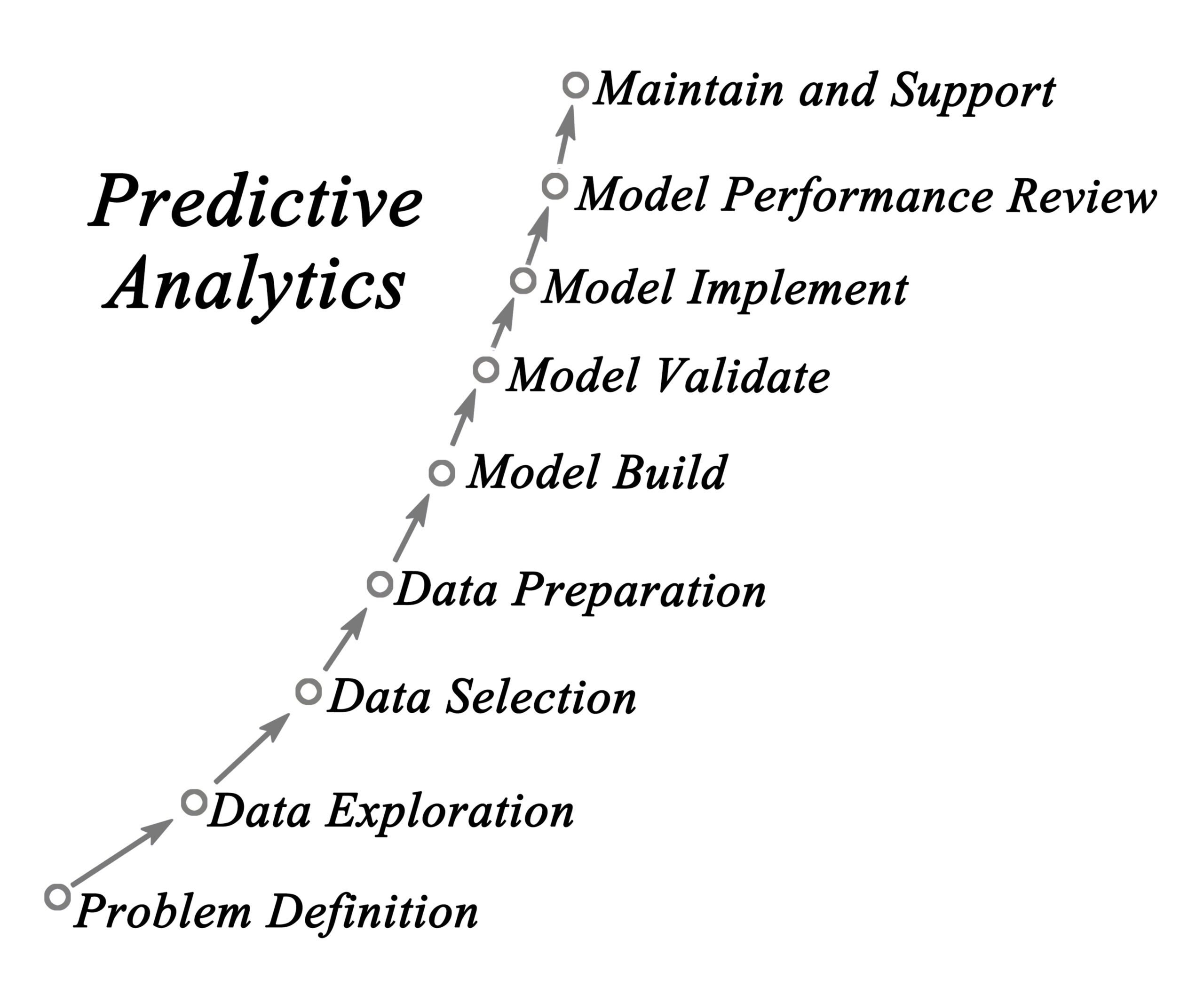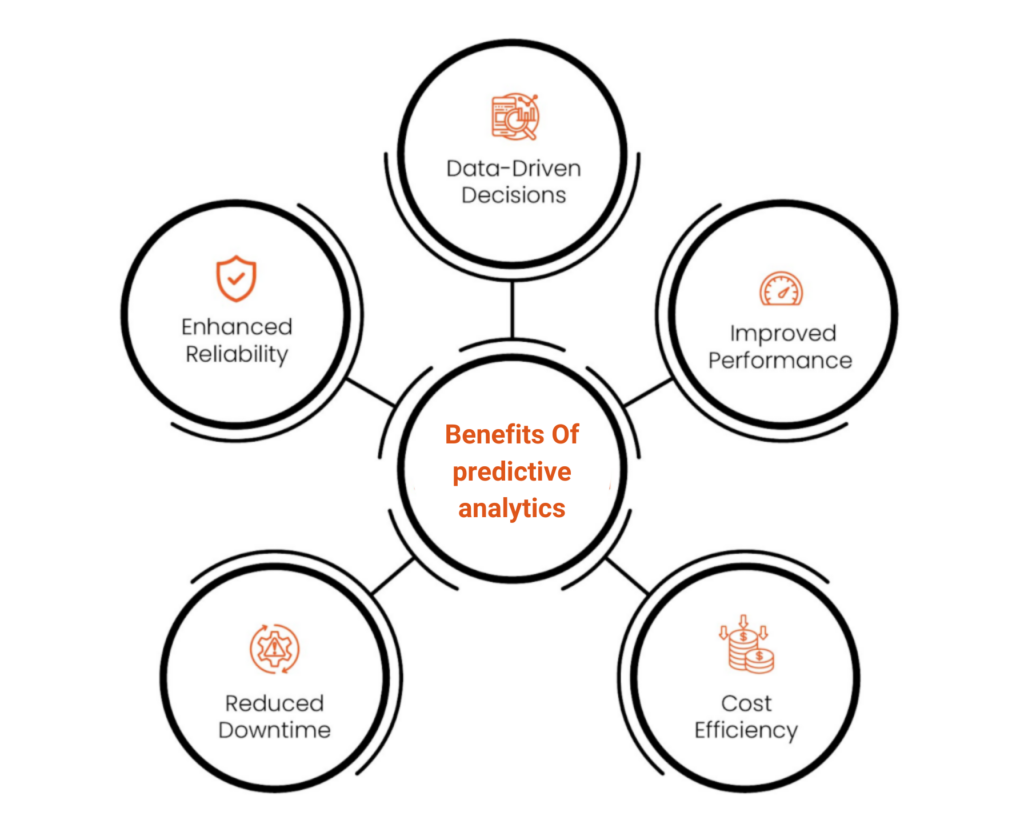Predictive analytics holds immense value for businesses and organizations, providing a competitive edge by utilizing historical data to forecast future outcomes. In essence, predictive analytics turns data into actionable foresight, driving better strategic decisions and optimizing business processes.
Value we Offer:
- Enhanced Decision-Making: : Enables datadriven decisions based on likely future scenarios.
- Risk Management: Identifies potential risks and opportunities, allowing proactive mitigation strategies.
- Customer Insights: Predicts customer behavior, helping tailor marketing efforts an d improve customer retention.
- Operational Efficiency: Optimizes operations by forecasting demand, inventory, an d resource allocation
- Financial Planning: Assists in accurate financial forecasting and budgeting.
- Competitive Advantage:Provides insights that keep businesses ahead of market tr ends.
- Personalization:Enhances customer experience through personalized recommendations and offers.
- Fraud Detection:: Identifies and prevents fraudulent activities by recognizing pattern s and anomalies.

AI Approach
The AI approach to predictive analytics leverages advanced algorithms and machine learning techniques to forecast future outcomes based on historical data. AI-driven predictive analytics turns data into actionable insights, allowing businesses to anticipate trends, mitigate risks, and make informed decisions.
How we do:

Data Collection and Preparation
AI models require large datasets for training. This data is gathered from various sources an
d cleaned to ensure it’s accurate and consistent. Data preparation includes removing dupli
cates, handling missing values, and normalizing data.

Feature Engineering
This step involves selecting and transforming data attributes into a format that can be used
by machine learning algorithms. It’s about finding the right inputs (features) that will help the model make accurate predictions.
Model Selection
Depending on the prediction task, different types of AI models are chosen. Common models include:
- Linear Regression: For predicting continuous outcomes
- Decision Trees: For classification tasks
- Neural Networks: For complex patterns and deep learning tasks.
- Support Vector Machines (SVM): For classification and regression analysis.

Training the Model
The selected model is trained using the prepared data. During training, the model learns the relationships and patterns within the data. This involves feeding the data through the model and adjusting it based on the errors in predictions.

Model Evaluation
Once trained, the model is evaluated using a separate set of data that wasn’t used during training (validation data). This helps in assessing the model’s accuracy and performance. Metrics such as precision, recall, F1 score, and mean squared error are used for evaluation.

Hyperparameter Tuning
This step involves tweaking the model’s parameters to improve its performance. Techniques like grid search and random search are commonly used for this purpose.
Deployment
After the model is finetuned and validated, it’s deployed into a production environment where it can start making predictions on new data in real-time.

Monitoring and Maintenance
Continuous monitoring of the model’s performance is crucial. The model may need retraining with new data to ensure its predictions remain accurate and relevant over time.

Interpretation and Action
The final step involves interpreting the model’s predictions and integrating them into business processes. This could mean using the predictions to inform decision-making, optimize operations, or provide personalized recommendations to customers.

Benefits of AI
- Accuracy: AI models can detect intricate patterns in data that traditional methods might miss.
- Efficiency: Automated data processing and prediction save time and resources.
- Scalability: AI models can handle vast amounts of data and scale with growing datasets.
- Personalization:Enables personalized customer experiences through tailored r ecommendations.


